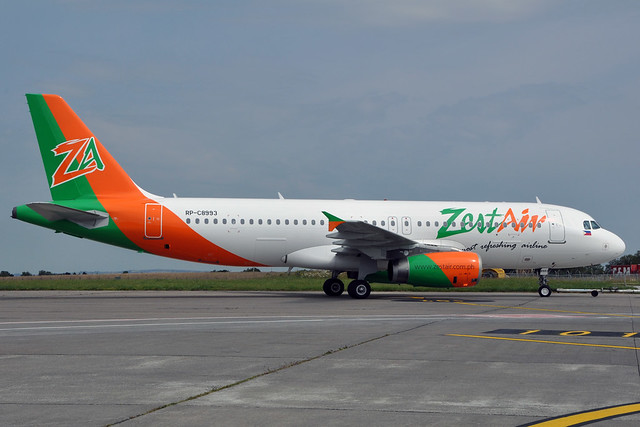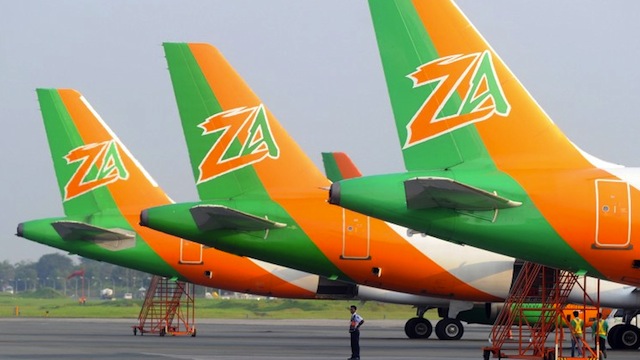 |
| Ramon Ang Credit: Jay Directo / afp / getty images |
As a young man
Ramon Ang
enjoyed fixing cars. Today he’s in the throes of a bigger repair job:
restoring Philippine Airlines, the country’s legacy carrier, to its
former glory.
Ang, who’s been piloting it since Lucio Tan (No. 2) sold a
49% stake last year to
San Miguel
(which Ang also runs), is banking on an ambitious international
expansion to eventually steer the airline back onto a profitable flight
path.
After ordering 65 new airplanes to modernize the fleet and launching
services to Toronto, Ang got a lucky break in July when the EU lifted a
ban on the airline from flying to Europe. (Other airlines, such as John
Gokongwei’s Cebu Pacific Air, remain on the blacklist.)
The much awaited green light came after the
International
Civil Aviation Organization approved the country’s aviation safety
standards in March. The country is also awaiting an upgrade from the
Federal Aviation Administration that will open up more of the U.S.
market. More open skies could boost tourist traffic; with 4.2 million
tourists last year the Philippines lags way behind tourist hot spots
such as Thailand, which attracts more than five times that number.
For now Ang is busy preparing for a European liftoff after a 15-year
gap with initial flights to Paris, London, Rome, Frankfurt and Amsterdam
planned for as early as this fall. But experts say it’s a risky move
that will further strain the resources of the moneylosing carrier, which
reported losses of $95 million last year. “It’s a high-risk venture.
Reestablishing an airline on long-haul routes that are intensely
competitive is an expensive proposition with huge, upfront costs,” says
Brendan Sobie, chief analyst for Southeast Asia at aviation consultancy
CAPA.
Ang has taken a contrarian approach since assuming charge, such as withdrawing budget carrier Airphil
Express EXPR -0.97%
despite the low-cost segment being the fastest growing. As a result,
Philippine Airline’s market share in the domestic market, where Cebu
Pacific rules, fell from 43% to about one-third in 2012 even as revenues
stagnated. A focus on higher-yielding international routes could more
than offset domestic declines, says CAPA’s Sobie, “But it will be a long
haul.”
Too long for Tan to wait it out. He’s announced plans to sell his
remaining stake, and it seems Ang is willing to welcome another
strategic investor on board.
This story appears in the August 12, 2013 issue of Forbes Asia.
















